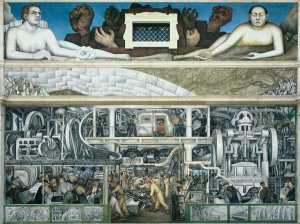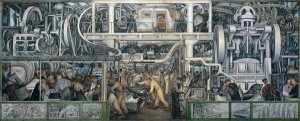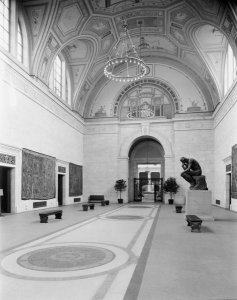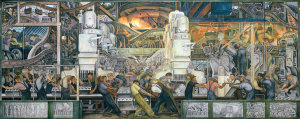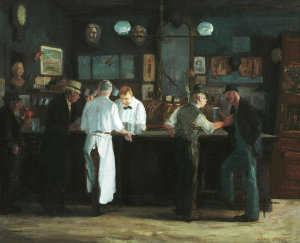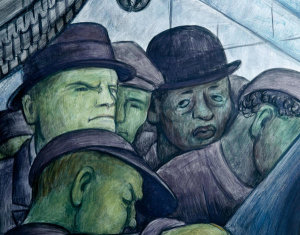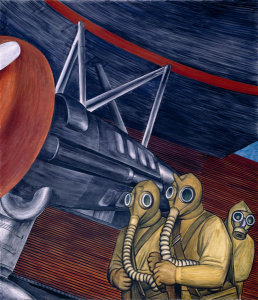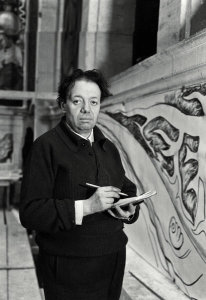Artists
Your Custom Prints order supports the Detroit Institute of Arts.
Popular Subjects
- People and Places
- Figures
- Portraits
- Angels
- Work and Professions
- Sports and Leisure
- Europe
- Michigan
- Other Popular Subjects
- Animals
- Night Scenes
- Still Life
- Architecture
- Interiors
- Transportation
- Religion and Spirituality
Prints and framing handmade to order in the USA.
Featured Collections
Individually made-to-order for shipping within 10 business days.



